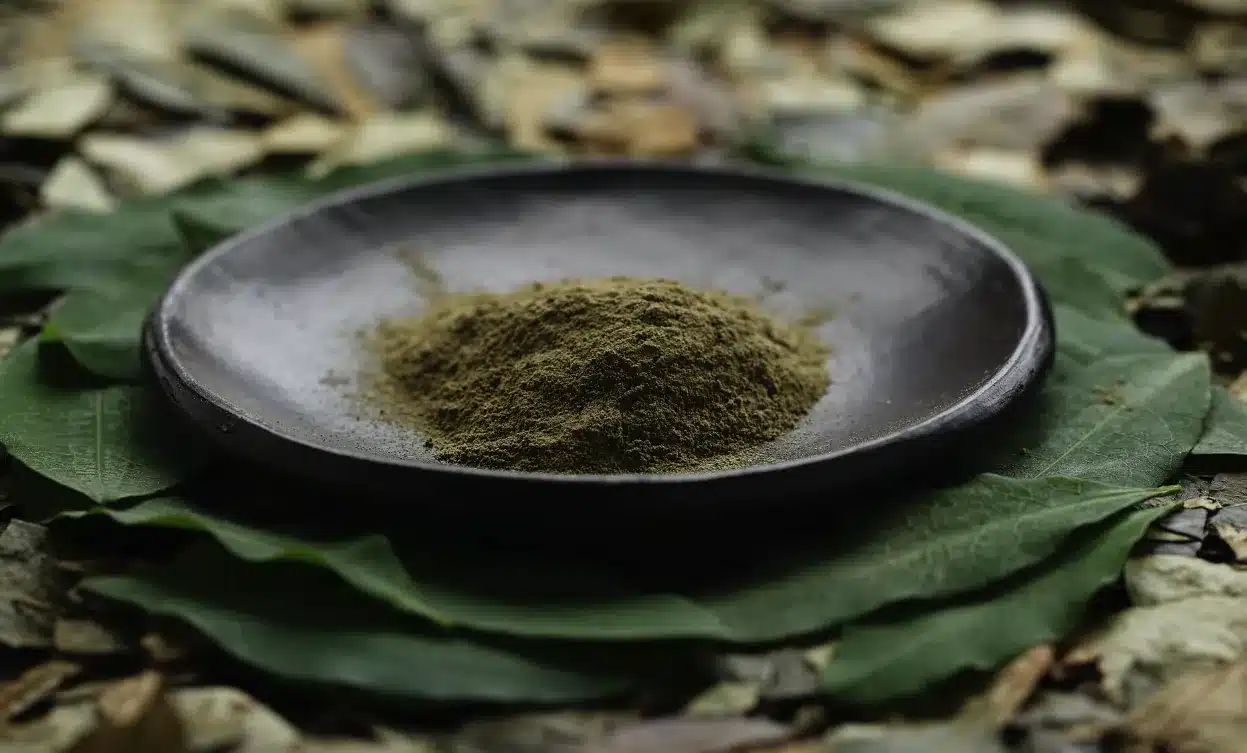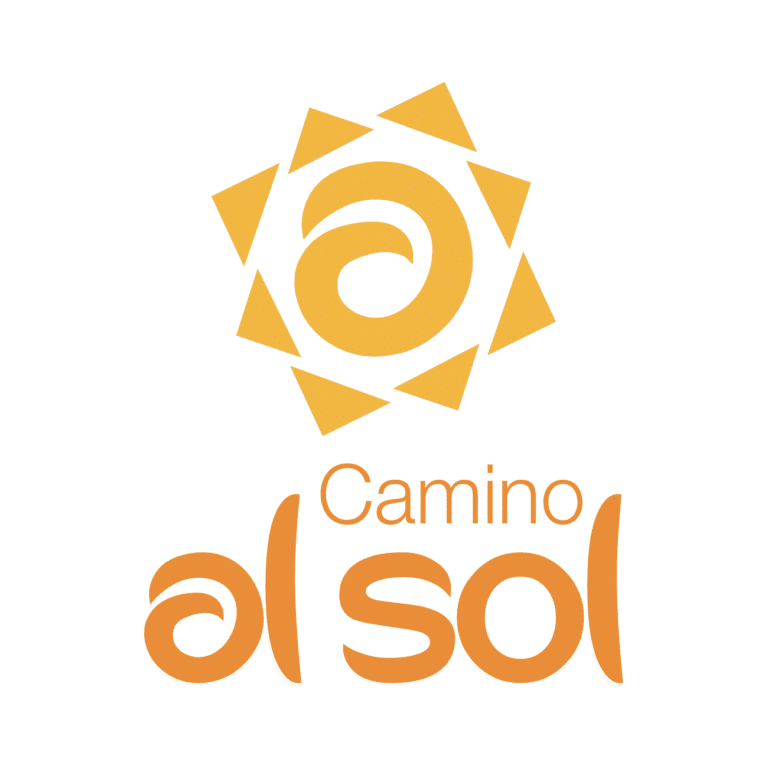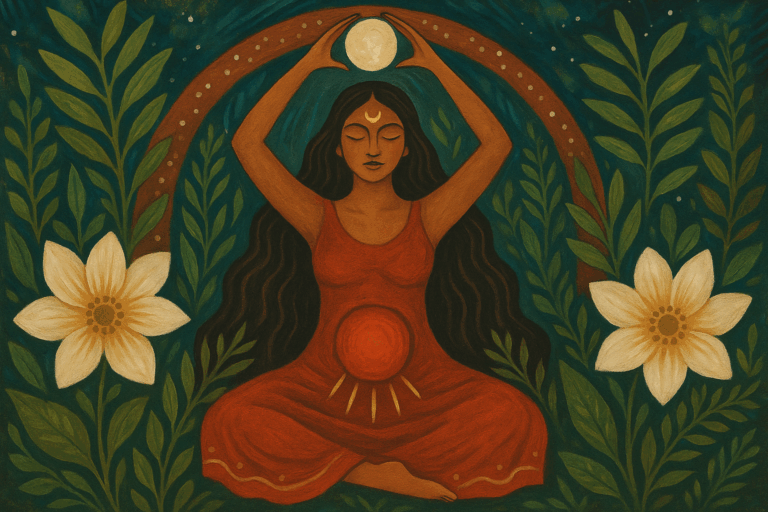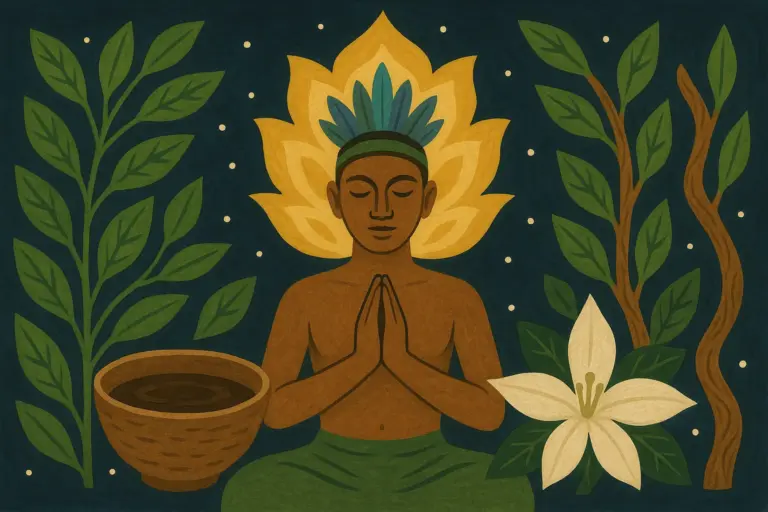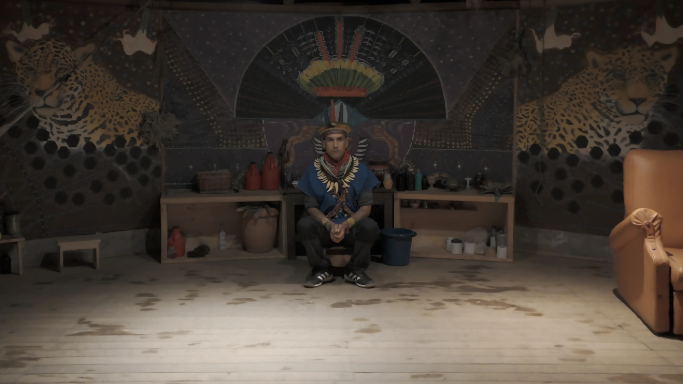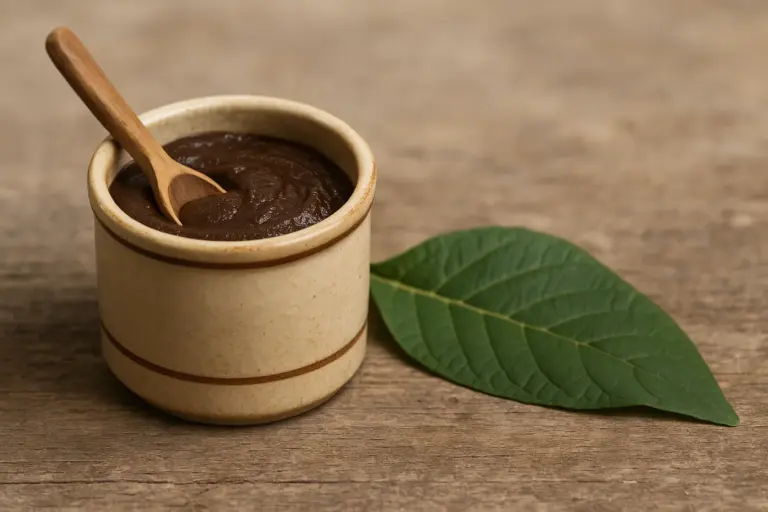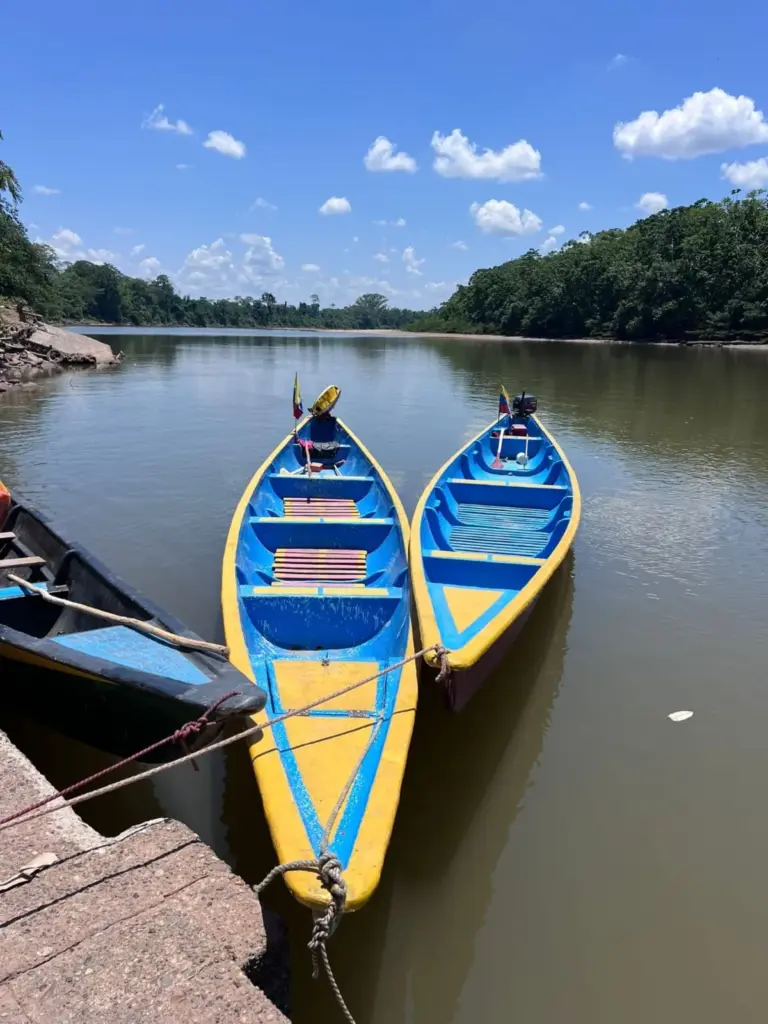Coca Reborn: The WHO Review and the Return of Mambe
For decades, the coca leaf has been at the center of a global controversy, unjustly conflated with the illicit drug it can be processed to create. But for the indigenous peoples of the Andes and the Amazon, the coca leaf is not a drug; it is a sacred plant, a source of sustenance, and a cornerstone of cultural identity. Now, a historic shift is underway. In October 2025, the World Health Organization (WHO) will conduct its first-ever “critical review” of the coca leaf, a move that could rewrite decades of international drug policy and signal a global return to respecting this ancient plant teacher [1].
This review comes at a time when the ancestral practice of using mambe—the powdered form of the coca leaf—is experiencing a powerful resurgence, both in the Amazon and in cities across Colombia. It is a moment of potential rebirth for a plant that has been demonized for far too long.
Why Coca Is Culture, Not Crime
To understand the significance of the WHO’s review, we must first understand the sacred role of the coca leaf in indigenous cultures. For thousands of years, the peoples of the Andes and Amazon have chewed coca leaves and used mambe as a form of “word medicine.” It is a catalyst for community, a tool for clarity, and a way to connect with the wisdom of the earth.
As the elders say:
“For those who hold the mambe, the leaf is not a drug — it is memory, language, and connection.”
In these traditions, coca is a source of essential nutrients, a mild stimulant that aids in work at high altitudes, and a spiritual guide that fosters open-hearted communication. It is woven into the fabric of daily life, from social gatherings to spiritual ceremonies. To criminalize the coca leaf is to criminalize a culture.
The WHO’s 2025 Review and Its Global Implications
Since the 1961 UN Single Convention on Narcotic Drugs, the coca leaf has been classified as a Schedule I substance, the most restrictive category, alongside drugs like heroin. This classification has driven aggressive eradication policies, fueled violent conflict, and marginalized indigenous communities.
The upcoming WHO review, initiated by Bolivia and supported by Colombia, offers a historic opportunity to correct this injustice. The 48th Expert Committee on Drug Dependence will assess the scientific evidence on the coca leaf’s traditional uses, therapeutic potential, and low potential for abuse. A recommendation to reschedule or deschedule the leaf would be a monumental step towards recognizing its cultural and medicinal value and respecting the rights of indigenous peoples.
Colombia’s Coca Policy in Transition
Colombia, a country that has been at the epicenter of the “war on drugs,” is now leading the charge for a more humane and rational approach. The Colombian government is actively working to decriminalize and support traditional coca use, recognizing that the leaf itself is not the problem. This shift in policy is creating a space for the cultural revival of mambe, as more and more people, both indigenous and non-indigenous, are rediscovering the wisdom of this ancient practice.
This transition is not without its challenges, but it represents a courageous step towards a future where drug policy is based on science, compassion, and respect for human rights. It is a future that Camino al Sol is proud to support.
A Future Rooted in Respect for the Leaf
The WHO’s review of the coca leaf is more than just a bureaucratic process; it is a symbol of a global awakening. It is a recognition that the wisdom of indigenous traditions has a vital role to play in our collective healing. As we move towards a more just and sustainable future, we must learn to listen to the voices of the earth and the ancient wisdom of the plants.
At Camino al Sol, we are committed to creating a bridge between the ancient wisdom of the Amazon and the modern world. We believe that by honoring the sacred traditions of plant medicine, we can create a more compassionate, connected, and harmonious world for all.
To learn more about our work and the sacred medicines of the Amazon, we invite you to explore our Mambe & Ambil Pillar Article, learn more About Camino al Sol, and discover the best place to drink ayahuasca in Medellín.
References
[1] Transnational Institute. (2025, June 18). WHO Critical Review of Coca Leaf. https://www.tni.org/en/dossier/who-critical-review-of-coca-leaf
[2] World Health Organization. (2025, September 22). Critical Review Report: Coca leaf. https://cdn.who.int/media/docs/default-source/controlled-substances/48th-ecdd/3.1.1_-coca-leaf.pdf

